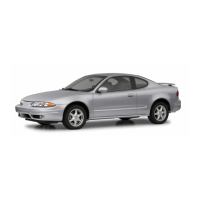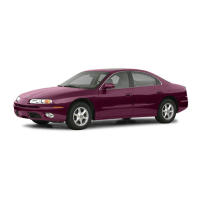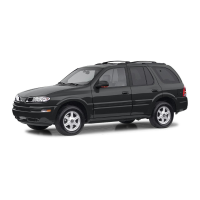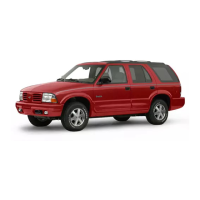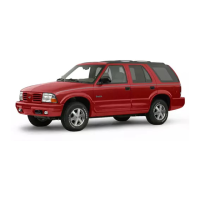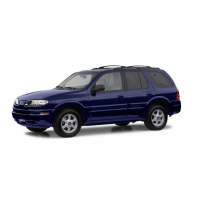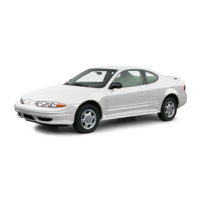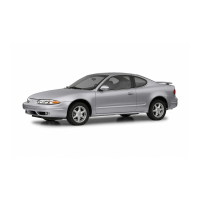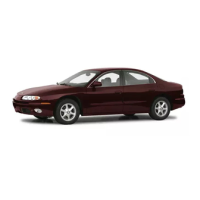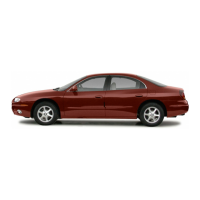I
It
something
is
between an occupant and an
air bag, the bag might not inflate properly or it
might force the object into that person causing
severe injury or even death. The path of an
inflating air bag must be kept clear. Don’t put
anything between an occupant and an air bag,
and don’t attach or put anything on the
steering wheel hub or on or near any other air
bag covering. Don’t let seat covers block the
inflation path
of
a side impact air bag.
When Should
an
Air
Bag
Inflate?
The driver’s and right front passenger’s frontal air bags
are designed to inflate in moderate
to
severe frontal
or near-frontal crashes. But they are designed to inflate
only
if
the impact speed is above the system’s
designed “threshold level.”
In addition, your vehicle has “dual stage” frontal air
bags, which adjust the amount of restraint according
to
crash severity. For moderate frontal impacts, these
air bags inflate at a level less than full deployment.
For more severe frontal impacts, full deployment occurs.
If
the front of your vehicle goes straight into a wall
that doesn’t move or deform, the threshold level for the
reduced deployment
is
about
12
to
16
mph
(1
9
to
26
km/h), and the threshoid
levei
for a full deployment is
about
16
to
25
mph
(26
to
40
km/h). The threshold
level can vary, however, with specific vehicle design,
so
that it can be somewhat above or below this range.
If your vehicle strikes something that will move or
deform, such as a parked car, the threshold level will be
higher. The driver’s and right front passenger’s frontal
air bags are not designed
to
inflate in rollovers, rear
impacts, or in many side impacts because inflation
would
not
help the occupant.
Your vehicle may or may not have a side impact air
bag. See Air Bag Systems in the Index. Side impact air
bags are designed to inflate in moderate to severe
side crashes.
A
side impact air bag will inflate
if
the crash severity is above the system’s designed
“threshold level.” The threshold level can vary with
specific vehicle design. Side impact air bags are
not designed
to
inflate in frontal or near-frontal impacts,
rollovers or rear impacts, because inflation would not
help the occupant. A side impact air bag will only deploy
on the side of the vehicle that is struck.
1-51
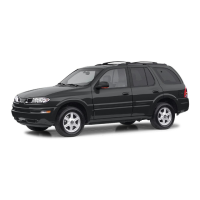
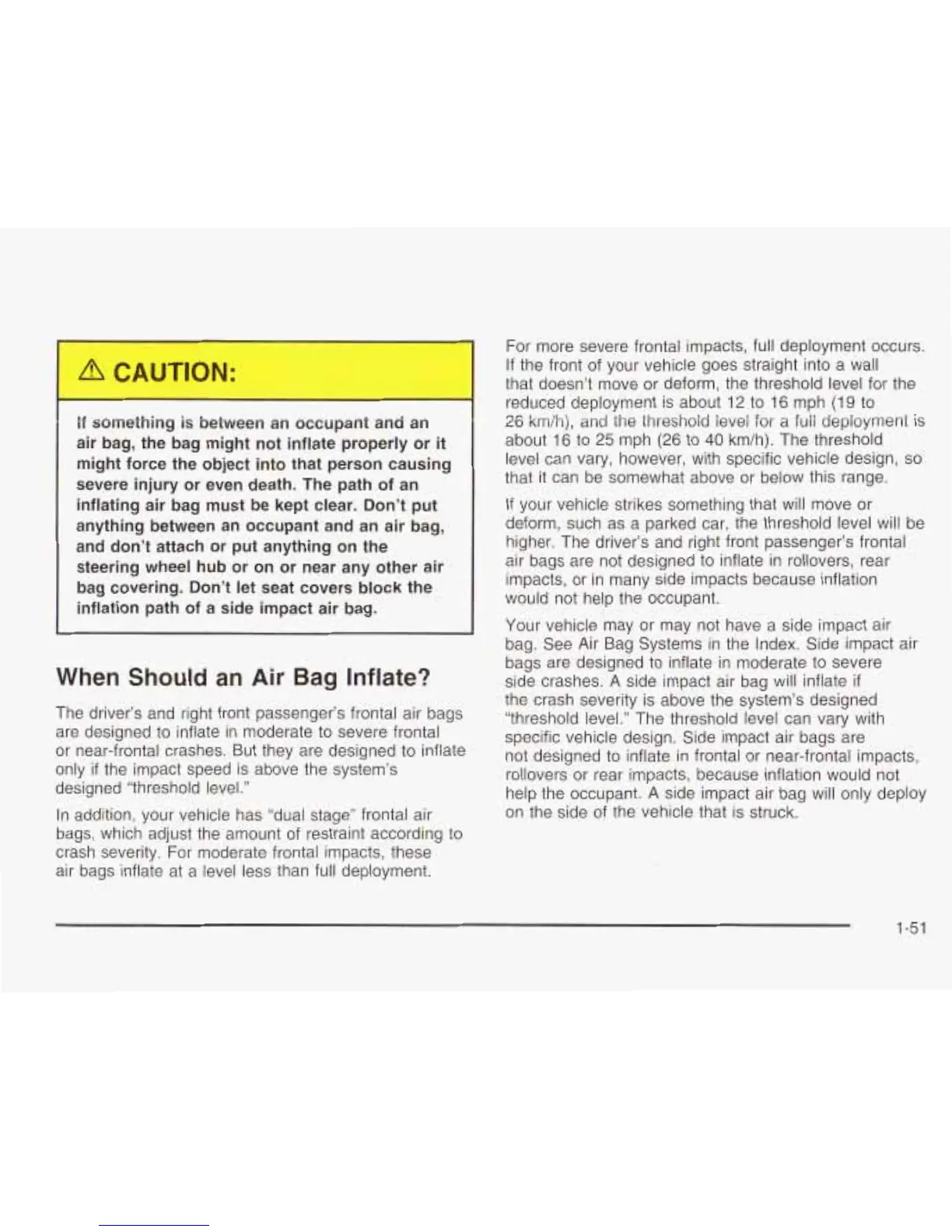